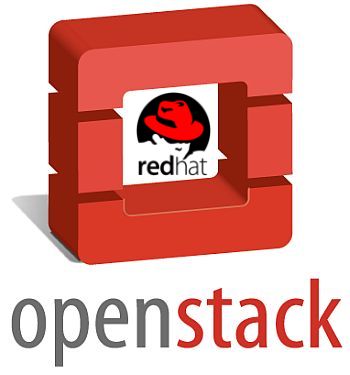
How to reach horizon with ssh forwarding for an Openstack deployed with Infrared and haproxy
Autored by Hervé Beraud on 6 March 2019
Setup ssh hops join openstack horizon deployed by using Infrared and haproxy

Setup ssh hops join openstack horizon deployed by using Infrared and haproxy
InfraRed is a plugin based system that aims to provide an easy-to-use CLI for Ansible based projects. It aims to leverage the power of Ansible in managing / deploying systems, while providing an alternative, fully customized, CLI experience that can be used by anyone, without prior Ansible knowledge.
The project originated from Red Hat OpenStack infrastructure team that looked for a solution to provide an “easier” method for installing OpenStack from CLI but has since grown and can be used for any Ansible based projects.
In this post I want to explain how to setup ssh port forwarding to use an openstack horizon dashboard deployed by Infrared.
My post is inspired by original post of Carlos Camacho but since my topology differ from the original topology described in the Carlos post I want to write my own to keep my actions saved and related to my needs and my topology. Thanks to Carlos for some given helps.
$ ssh -L 38080:localhost:38080 root@<hypervisor-ip>
# login as root on your hypervisor
$ virsh list
virsh list
ID Nom State
---------------------------------------------
4 undercloud-0 Running
17 compute-1 Running
18 controller-0 Running
19 controller-1 Running
20 compute-0 Running
21 controller-2 Running
$ ssh -L 38080:localhost:38080 root@undercloud-0
# login as root on your undercloud
# become stack user
su - stack
$ source stackrc
$ nova list
+--------------------------------------+--------------+--------+------------+-------------+------------------------+
| ID | Name | Status | Task State | Power State | Networks |
+--------------------------------------+--------------+--------+------------+-------------+------------------------+
| d4cc3593-3490-4e8e-8515-7ad3d5aabc37 | compute-0 | ACTIVE | - | Running | ctlplane=192.168.24.18 |
| 371268c4-7917-4d0f-8bbb-87bfcd6c86a5 | compute-1 | ACTIVE | - | Running | ctlplane=192.168.24.19 |
| a7fadd7e-525e-4750-8e96-6bb4ac255005 | controller-0 | ACTIVE | - | Running | ctlplane=192.168.24.16 |
| f062bae1-1e7a-45f9-808b-7b0dd241d821 | controller-1 | ACTIVE | - | Running | ctlplane=192.168.24.13 |
| 4c3affcc-90a1-466b-83f4-483cf332a4d1 | controller-2 | ACTIVE | - | Running | ctlplane=192.168.24.6 |
+--------------------------------------+--------------+--------+------------+-------------+------------------------+
$ cat overcloudrc | grep OS_AUTH_URL
export OS_AUTH_URL=https://<your-controller-ip-to-forward-too>
$ cat overcloudrc | grep PASS
export OS_PASSWORD=<your-password-to-use>
Now you just have to jump into the node where horizon live:
$ ssh -L 38080:<your-controller-ip-to-forward-too>:443 heat-admin@<your-controller-ip-to-forward-too>
Now you just have to open https://localhost:38080/dashboard/ with your browser and play with your dashboard.